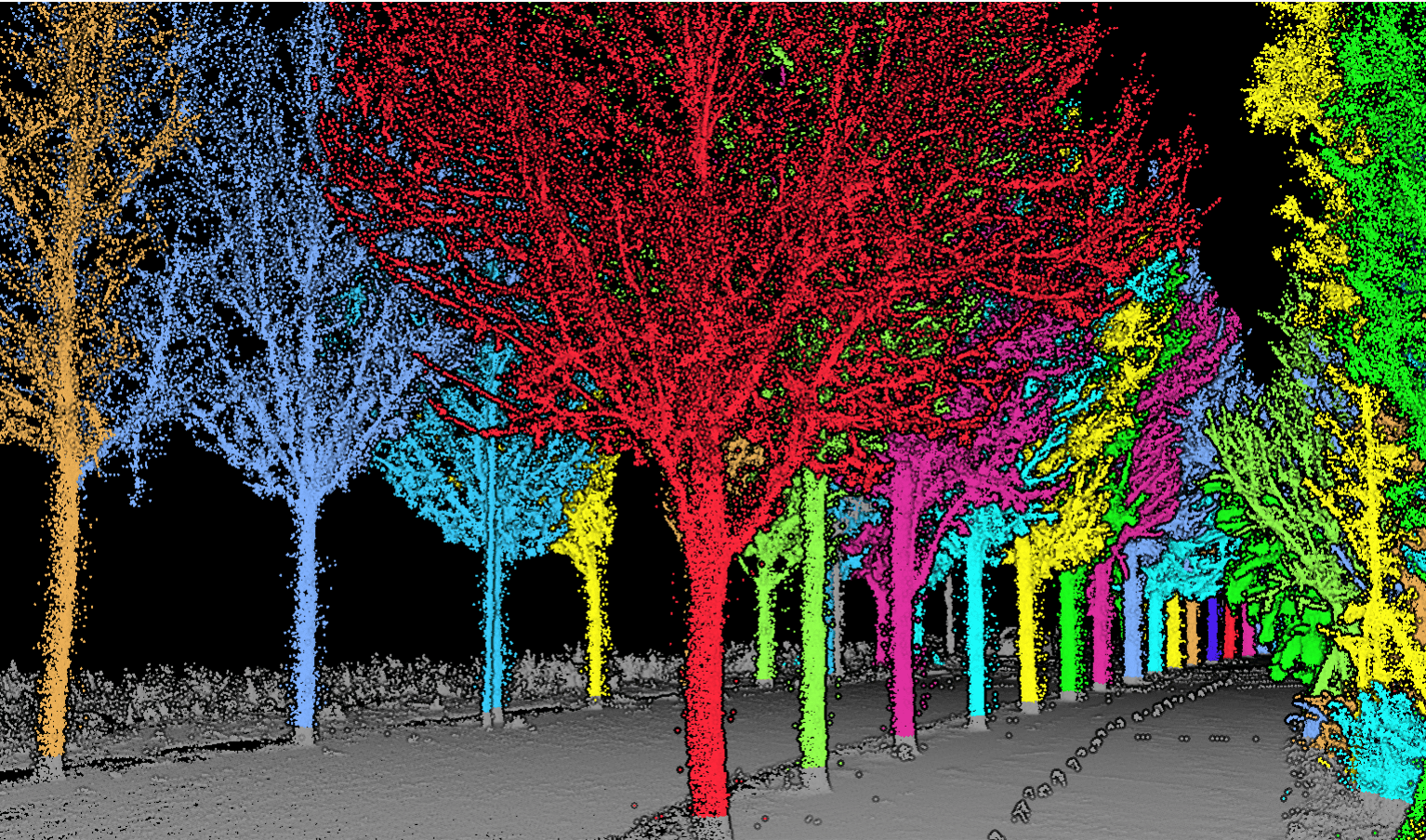Examining the Future: 3D Laser Scanning and Its Strength and Promise
Within the quickly changing field of technology, 3D laser scanning is a revolutionary instrument that is revolutionizing several sectors. The use of 3D laser scanning is transforming the way we capture and interact with the physical world in a variety of fields, including design, construction, virtual reality, and heritage preservation.

Wind radar provides precise information on wind patterns at different altitudes by focusing on the mobility of air particles, as opposed to typical weather radar, which mainly detects precipitation. A specialized radar device called wind radar, often referred to as Doppler radar, or wind profiler radar, tracks the motion of airborne particles to determine wind direction and speed.
Monitoring in Real Time With Improved Forecasting
With the help of real-time data from wind radar devices, meteorologists and other experts can keep a constant eye on the wind. This skill is essential for monitoring shifting weather patterns and sending out alerts promptly. Wind radar helps anticipate wind patterns more precisely and enhances weather forecasting models by giving vertical wind profiles. Evaluating storm development, shear from the wind, and other weather-related issues is made easier with the use of this knowledge.
How Do You Use Wind Radar?
- Radar Delivery: Radio waves or electromagnetic pulses are sent into the atmosphere by wind radar devices. These pulses move through the atmosphere and bounce off of many materials, including ice crystals, water droplets, and dust.
- Doppler Shift: The Doppler effect causes the frequency of the radar pulses to change as they return to the radar receiver. The Doppler shift happens as the atmosphere's particles move about the radar, altering the sound frequency of the signal that is returned.
- Data Analysis: To ascertain the particle's velocity, the radar system examines the frequency shift. This data is used to provide a thorough profile regarding wind behaviour by calculating the wind's speed and direction at various elevations.
- Visualisation: Software is used to process and create wind profiles and wind maps, which show the direction and speed of the wind at different levels of the atmosphere based on the data gathered by the wind radar.
Wind radar improves our capacity to forecast weather patterns, provide safety in aircraft and maritime operations, and support scientific research by giving precise, real-time data on wind speed and direction.
Comments
Post a Comment